- Joined
- 29 January 2008
- Messages
- 914
- Reaction score
- 2,031
Interesting model. Also has pics of other models that look will be up for auction soon.
RAP said:Interesting model. Also has pics of other models that look will be up for auction soon.
http://www.ebay.com/itm/RESIN-BOOST-GLYDE-VEHICLE-and-metal-MINUTEMAN-3-BOOSTERS-/201483158527?hash=item2ee95503ff:g:nikAAOSwnH1Wauuj
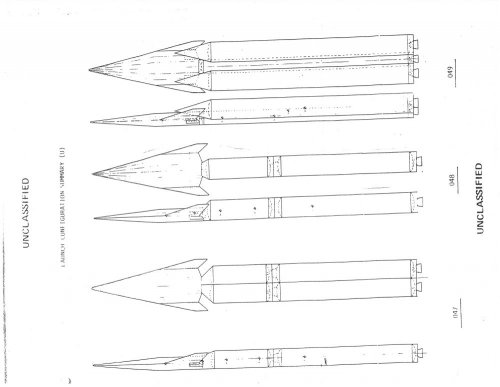
Late 70s or mid-80s?I *knew* I had something on that. I have some fragmentary records of the General Dynamics BGV with that and other booster arrangements. The burnout was at 160,000 feet and 16,391 fps. For a different (shorter) booster arrangement, the B-1 could carry eight of 'em. As shown here, the glide range *seems* to have been 2,000 to 2,400 nm, but given the fragmentary nature of what I have, that's uncertain.
Late 70s or mid-80s?
I *knew* I had something on that. I have some fragmentary records of the General Dynamics BGV with that and other booster arrangements. The burnout was at 160,000 feet and 16,391 fps. For a different (shorter) booster arrangement, the B-1 could carry eight of 'em. As shown here, the glide range *seems* to have been 2,000 to 2,400 nm, but given the fragmentary nature of what I have, that's uncertain.
View attachment 615704
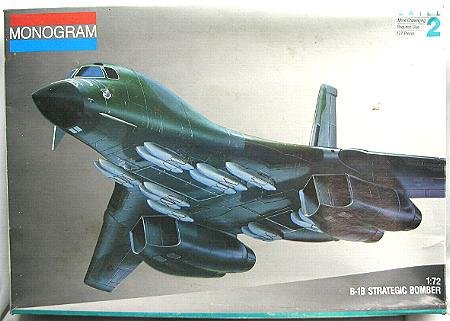
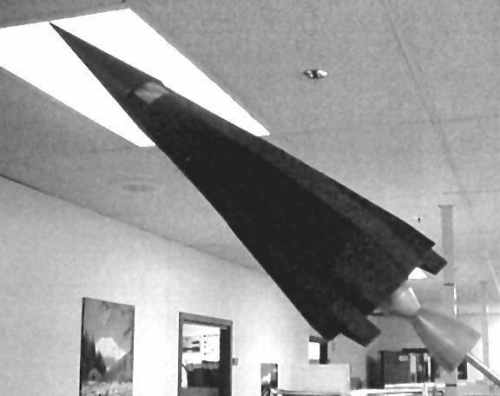
Boost-glide model found on Ebay. Bidding closes in less than an hour.
From the seller's description: "THIS AUCTION IS FOR A RARE EXECUTIVE DESK MODEL ROCKET. THE ROCKET IS A " BOOST - GLIDE VEHICLE. THIS JUST CAME OUT OF AN ESTATE FROM AN EMPLOYEE THAT WORKED AT WRIGHT PATTERSON AIR FORCE BASE. I BOUGHT THIS MODEL AND OTHERS THAT I WILL BE LISTING. THIS ROCKET LOOKS TO BE MADE OF SOLID ALUMINUM OR SOME TYPE OF HARD COMPOSITE. THE BOOST VEHICLE IS 12" LONG. PLEASE LOOK AT MY OTHER AUCTIONS FOR MORE GREAT ESTATE FINDS"
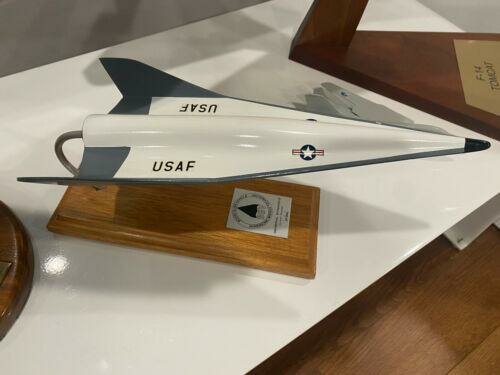
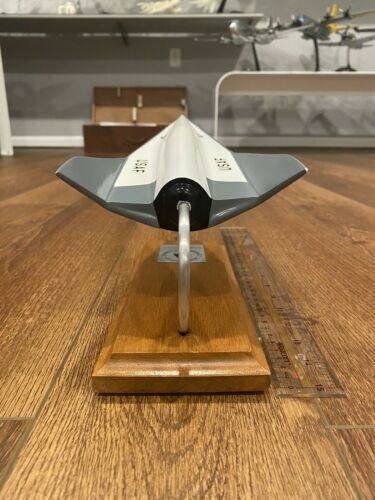
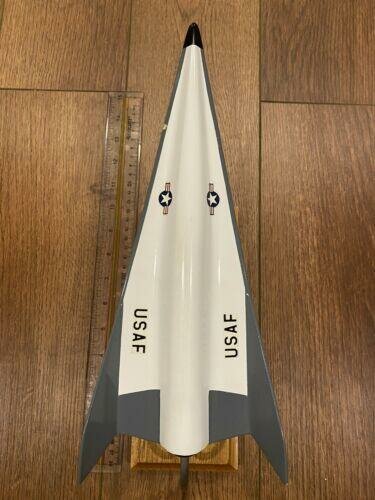

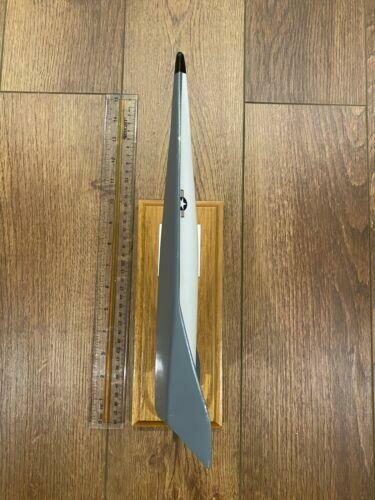
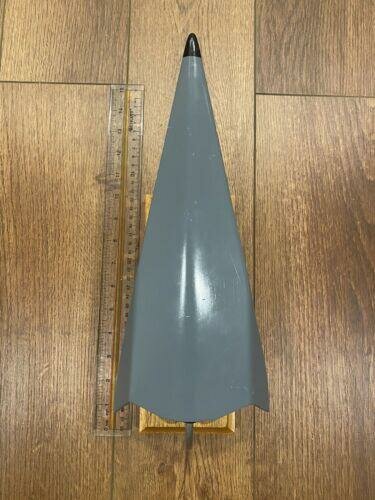
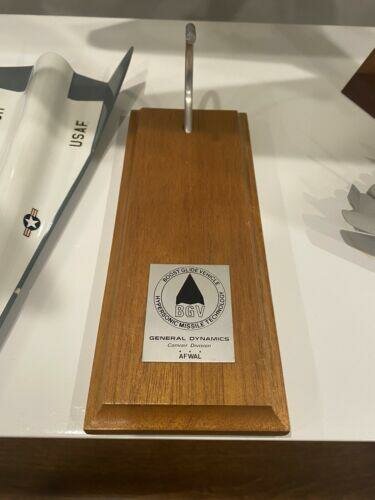
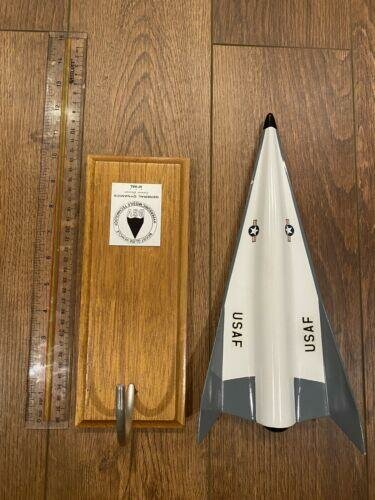


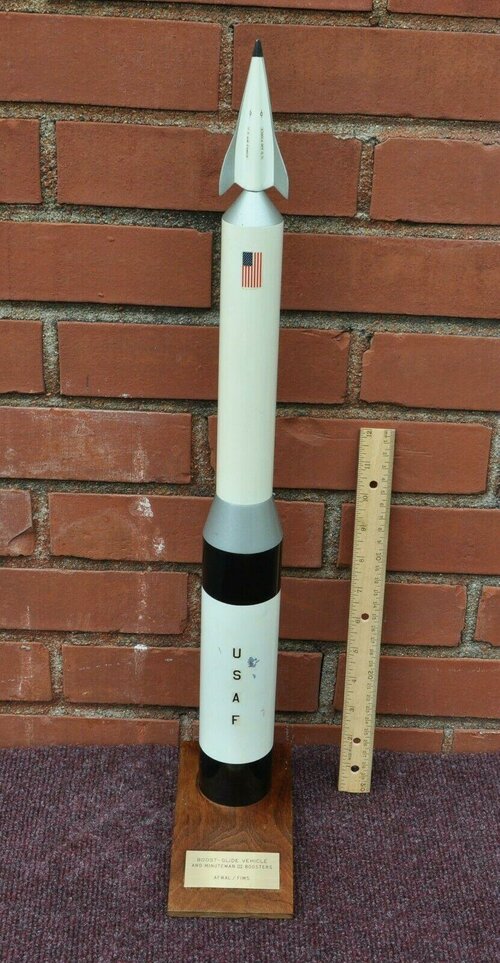
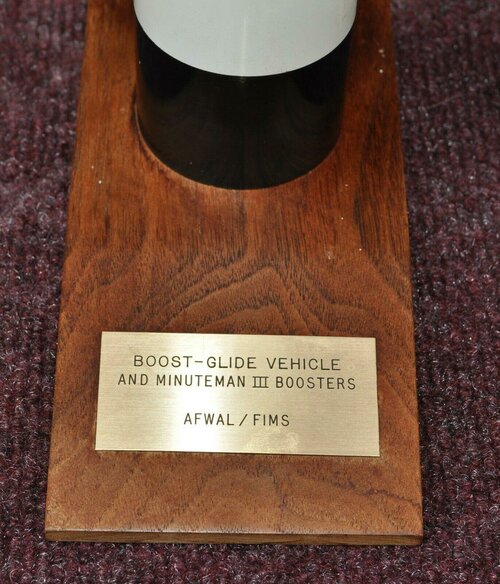
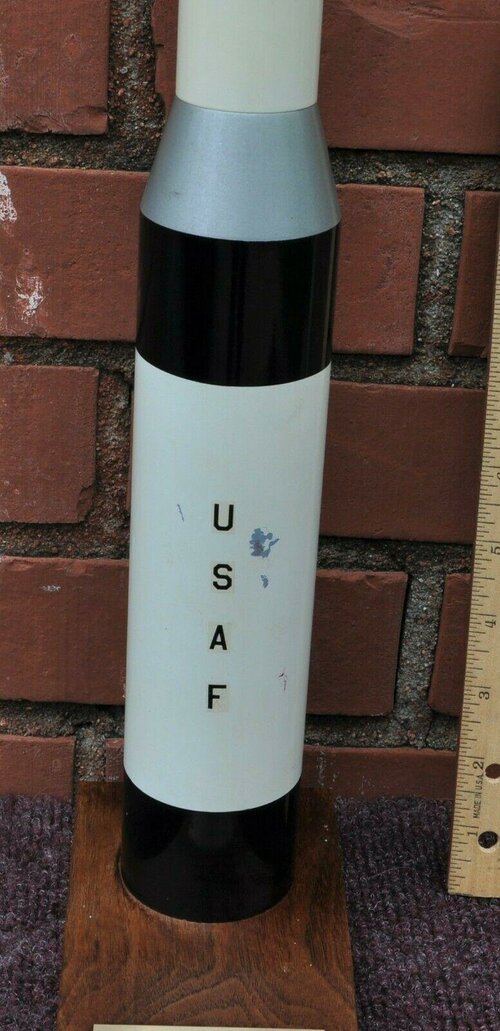
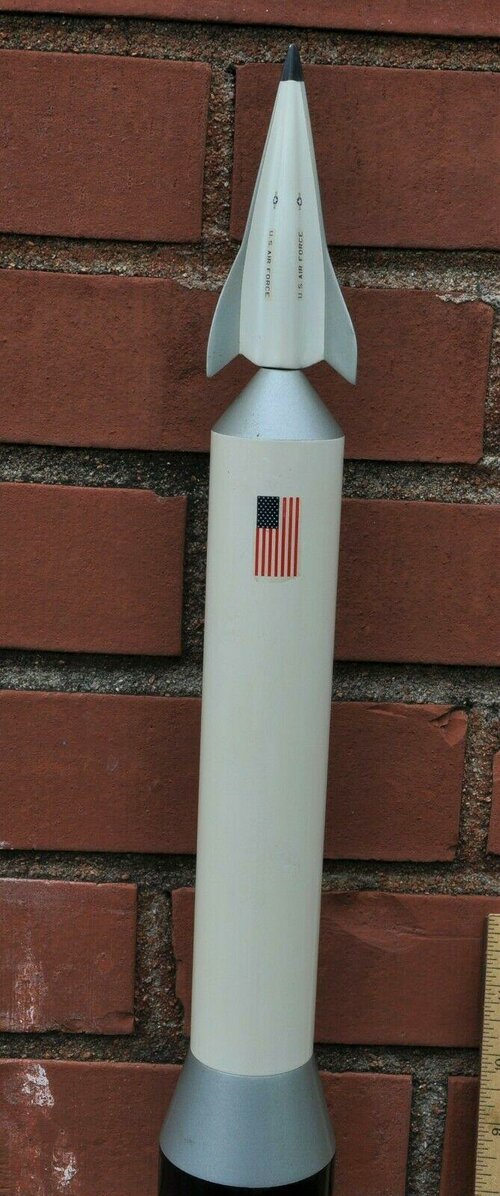
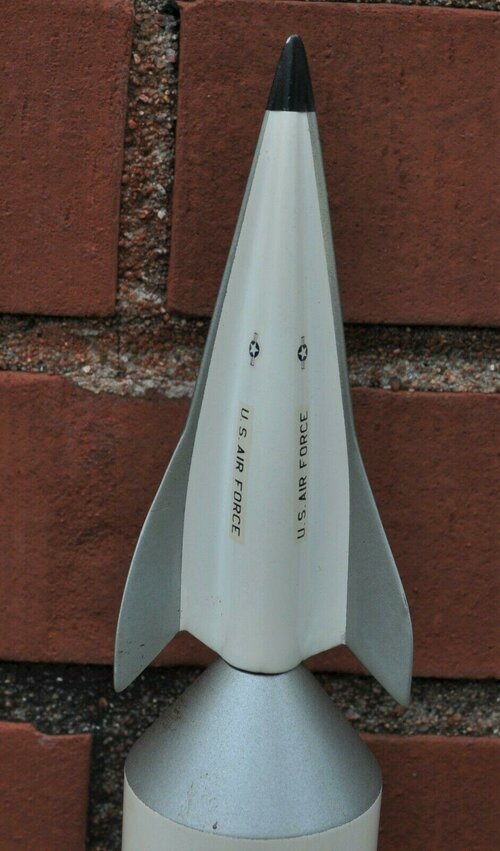
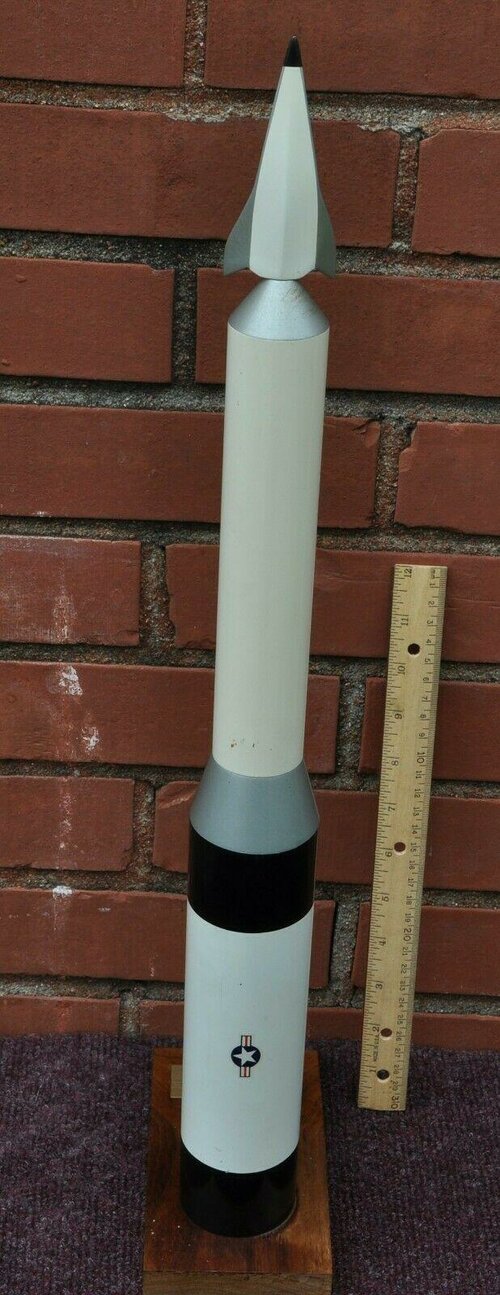
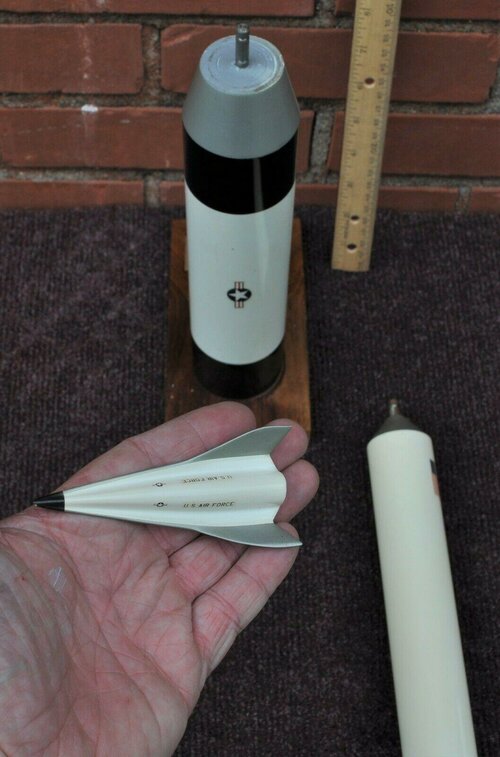
That sounds so weird... running an Sanger-Bredt boost glider as an intercept missile?!?The image is not of an HGV model, but of Isinglass. Isinglass was not a GD project.
In the late 70s and early 80s DARPA pursued a program to demonstrate an air launched ballistic missile with hypersonic glider for air-to-air. This was the Ballistic Intercept Missile. The reentry vehicle was to be SWERVE. LORAINE was the guidance and seeker package. The thinking was that this missile could be used to shoot down bombers threatening the US or carrier groups.
"Why are there 3 different programs for the same job?"At the same time USAF was pursuing their boost glide vehicle for hitting ground targets, and the navy had their own program. In 1987 congress ordered that the DARPA, USAF. and Navy programs be consolidated (sound familiar?). The USAF program at this point looked at air launch, ground launch, air breathing and rocket, air to air and air to ground. This was the Hypersonic Glide Vehicle program. OBB's image shows some of the proposed GD HGV configurations at that point. There are some other images on the forum of models, etc. that depict the same vehicle.
That sounds so weird... running an Sanger-Bredt boost glider as an intercept missile?!?
Though it looks like the USN and USAF programs, both being ground strike, could have been combined. Question would have been what launcher the Navy wanted to use. I'd guess Poseidon, but it's bad juju to launch a non-nuclear strike from a nuclear capable location...
Yes, but DARPA was doing some weird extreme range interceptor missile?More like what the Army and Navy are working on today using a SWERVE based RV (AHW). Ballistic missile with a gliding RV. Air and surface launch.
Okay, so DARPA and USAF could maybe have been combined. Navy would have been the missile to defend against the RuAF equivalent of the USAF missile.USAF program had 3 different roles, 2 different launch methods
USN program was totally different, a fast but conventional SAM (IIRC, Wide Area Defense Missile). Not a ballistic missile.
Were ordered to combine, when the USN could have maybe borrowed the DARPA interceptor seeker, and that's it.All of them were ordered to combine efforts. DARPA had demonstrated several key technologies and were working on the seeker. Notably, they demonstrated the SWERVE RV, communications and radar during reentry, and miniature GPS/INS guidance (first of its kind).
USAF kept doing their own thing, ignored DARPA efforts to work with them. All 3 programs were dead within a couple of years.
Were ordered to combine, when the USN could have maybe borrowed the DARPA interceptor seeker, and that's it.
A few idiots left over from McNamara's whiz kids, I see.
One more reason ABMA never should have been killed. The hostility towards rockets from the other branches is not surprising.
Another pic of theirs:There's a similar model on display at SDASM's Gillespie Field Annex.
More misinformation. ABMA wasn't "killed", abolished or disbanded. It just was renamed MICOM. ABMA continued to exist after Von Braun went to NASA. It and MICOM continued to develop missiles. Pershing was the missile program after Jupiter.One more reason ABMA never should have been killed. The hostility towards rockets from the other branches is not surprising.
Not really needed. US ICBMs were basically a separate service. SAC was DOD specified command. The missile procurement bypassed Air Staff. Also, notice they didn't go to Space Force. Missiles in AF Space Command didn't work. Missile ops is not the same space launch ops.Organizationally, I think the Russians had the right idea. The Strategic Rocket Forces as a completely separate branch, equal in authority to the Army or Navy.
Actually, no they weren't. They was no missile or bomber gap. Actually, the US had more missiles.They were actually a bit ahead…where we had the Triad…they had the Big Wheel…with Sputnik. Nikita saw it as a way to spend less on a blue water navy.
Why? The Soviets weren't able to translate the additional lift capability of the missiles into anything of real benefit.I am so very glad early nukes were heavy
Conscripts providing cheap manual manpower. No real benefit to anybody. The conscripts leave after their 4 years.I understand artillery men run R-7 pads…at least until recently.
One man's porochial view and not the gospel. Also, he wasn't involved with the big picture.Medaris’ book COUNTDOWN FOR DECISION is a must read.
Makes half the nuclear delivery mission not-the-USAF in terms of responsibility. (okay, 1/3 once the Navy gets Polaris working)Not really needed. US ICBMs were basically a separate service. SAC was DOD specified command. The missile procurement bypassed Air Staff. Also, notice they didn't go to Space Force. Missiles in AF Space Command didn't work. Missile ops is not the same space launch ops.
